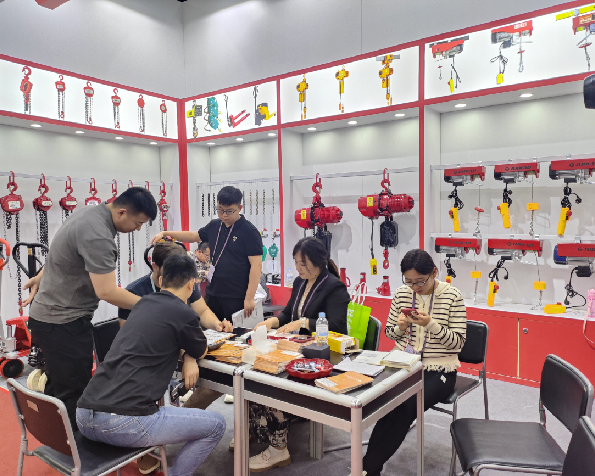


Understanding Hand Lever Hoists A Comprehensive Guide
Hand lever hoists are versatile mechanical devices used for lifting, pulling, and securing heavy loads. They are particularly popular in construction, manufacturing, and shipping industries, offering a portable and efficient solution for various lifting tasks. This article delves into what hand lever hoists are, their components, applications, and maintenance tips, helping you understand why they are an indispensable tool in many sectors.
What is a Hand Lever Hoist?
A hand lever hoist, commonly known as a lever block or chain hoist, is a manual lifting device that employs a lever mechanism to lift heavy objects. The operator engages the lever, which is connected to a gear system that amplifies the force exerted, allowing the user to lift the load with minimal effort. These hoists typically feature a chain that wraps around a drum or wheel, and as the lever is pulled, the chain moves, raising the load.
Key Components of a Hand Lever Hoist
1. Lever Arm The lever arm is the main component, allowing the operator to exert force. The design of the lever is crucial as it determines the amount of effort required to lift the load.
2. Chain The chain is the primary lifting medium. It is made of robust materials to withstand heavy loads, and its length can vary depending on the specific needs of the user.
3. Hook At the end of the chain is a hook that secures the load. Some models come with safety catches to prevent accidental disengagement of the load during lifting.
4. Gear System The gears enhance the mechanical advantage provided by the lever arm, making it easier to lift heavier loads with less effort.
5. Brake Mechanism This component ensures that the load remains suspended once lifted, preventing it from falling inadvertently.
Applications of Hand Lever Hoists
Hand lever hoists have a wide array of applications across various industries
- Construction They are invaluable for lifting heavy construction materials such as beams, bricks, and machinery, making them fundamental to many building projects.
- Manufacturing In factories, lever hoists are used to position heavy components during assembly or to move large equipment
.
- Shipping and Logistics They play a critical role in loading and unloading cargo containers and are often used in warehouses for rearranging heavy goods.
- Automotive Repair Mechanics frequently use hand lever hoists to lift engines and heavy parts for repairs and maintenance.
Advantages of Hand Lever Hoists
One of the main advantages of hand lever hoists is their portability. Unlike powered hoists, they can be easily transported and used in locations without electricity. They also provide precise control over the lifting process, allowing operators to maneuver loads carefully in tight spaces.
Additionally, hand lever hoists are cost-effective. They require minimal maintenance compared to powered alternatives and do not incur energy costs. Their simple design means that repairs can often be conducted quickly without requiring specialized knowledge.
Maintenance Tips
To ensure longevity and optimal performance of your hand lever hoist, regular maintenance is essential
1. Inspection Conduct routine inspections for wear and tear, particularly on the chain, hooks, and brake mechanisms. Look for signs of corrosion or damage.
2. Lubrication Regularly lubricate moving parts, such as the gears and chain, to reduce friction and prevent wear.
3. Load Testing Periodically perform load tests to ensure the hoist can handle its rated capacity safely.
4. Storage When not in use, store the hoist in a dry place to prevent rust and other types of damage.
Conclusion
Hand lever hoists are indispensable tools that offer efficiency, portability, and ease of use in lifting and moving heavy loads across various industries. Understanding their components, applications, and maintenance requirements will empower users to utilize this equipment safely and effectively, ensuring that their operations run smoothly and safely. Whether on a construction site or in a warehouse, a hand lever hoist contributes significantly to operational productivity.



